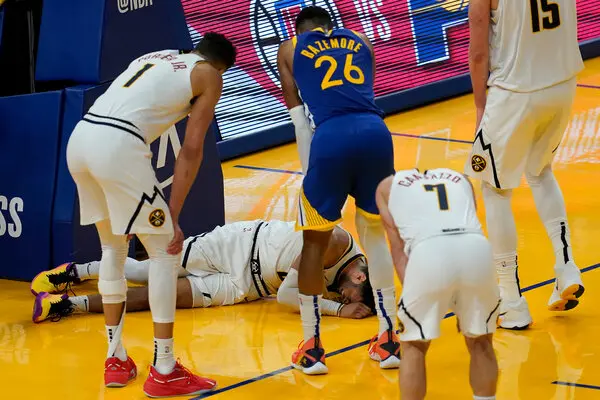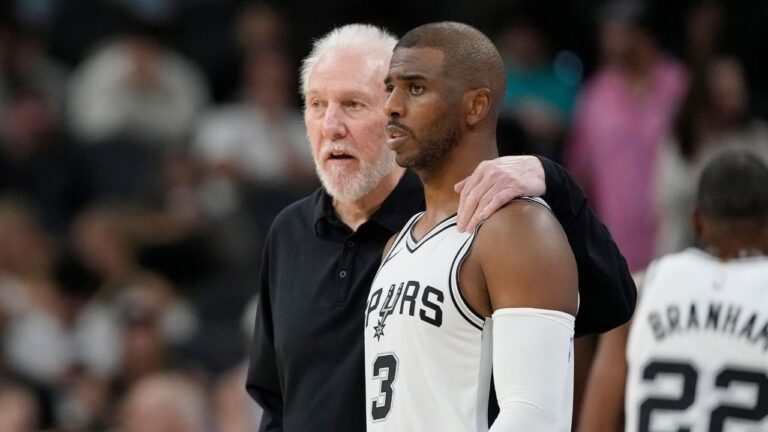Injuries are a constant variable in sports, and in the NBA, they can significantly impact not only the team’s performance but also the individual stats of healthy players. Machine learning can be an invaluable tool in capturing and leveraging these dynamics to predict individual player statistics. Here’s how ML models can be fine-tuned to predict NBA player stats with teammate injuries in mind.
1. Assessing Historical Data and Injury Impact
Machine learning models start by examining vast historical data, looking at player performance before, during, and after their teammates’ injuries. By studying how a player’s statistics fluctuate in the absence of key teammates, these models gain insights into potential shifts in usage rates, scoring opportunities, and other key metrics.
- Usage Rate Analysis: When a primary scorer or ball handler is injured, the remaining players often see an increase in usage rate. Models can analyze historical patterns, identifying who steps up or takes on additional responsibility when specific teammates are sidelined.
- Role Adjustment: Different players may shift roles, such as a small forward handling more playmaking duties if the point guard is injured. Machine learning models can learn from past situations to anticipate how roles will change when certain players are out.
2. Incorporating Contextual Factors and Situational Data
Teammate injuries don’t just change individual player stats—they often alter team strategies, influencing factors like pace, shot selection, and defensive intensity. Machine learning models can integrate these nuanced shifts into predictions.
- Game Pace Adjustments: If an injured player is a high scorer, the team might play at a slower pace to compensate. Models can integrate this pace change, predicting fewer scoring opportunities but potentially more rebounds or assists.
- Player Matchups and Lineups: Injuries often lead to altered starting lineups and rotations. By tracking these patterns, models can adjust their predictions for starters or bench players who see more time or new matchups on the court due to an injury.
3. Testing and Adjusting with Real-Time Data
Predicting NBA stats accurately with injuries requires real-time updates since injury status can change just before game time. By feeding current injury data into machine learning models, predictions can stay relevant and accurate.
- Real-Time Adjustments: Using live data feeds, models can instantly adjust predictions if a player’s status changes to “out” just before tip-off.
- Updating Player Performance Trends: Players’ performance trends, especially under unique circumstances like injuries, evolve quickly. Frequent model retraining on recent data allows for better tracking of players filling unexpected roles or adjusting to higher minutes.
4. Predicting Game-by-Game Variability
Teammate injuries often lead to unpredictable performance shifts. Machine learning can help smooth out this variability, identifying players likely to perform consistently under altered circumstances.
- Accounting for Variability in Matchups: Injuries might change defensive assignments, which could impact both offensive and defensive stats. Models can adjust for variability by analyzing similar historical games where lineup adjustments were made due to injuries.
- Confidence Intervals and Probabilistic Outcomes: Rather than making point predictions, models can offer probability distributions to capture a range of likely outcomes, like “25-30 points” or “8-12 rebounds,” given a teammate injury scenario.
Conclusion
Machine learning models are uniquely suited to handle the complexities of predicting NBA player stats in light of teammate injuries. By factoring in usage rates, pace, lineup adjustments, and dependency scores, these models provide highly nuanced insights that go beyond basic predictions. As real-time data and advanced feature engineering evolve, machine learning will continue to refine its predictions, making it a powerful tool for anticipating performance shifts in the fast-paced NBA environment.




